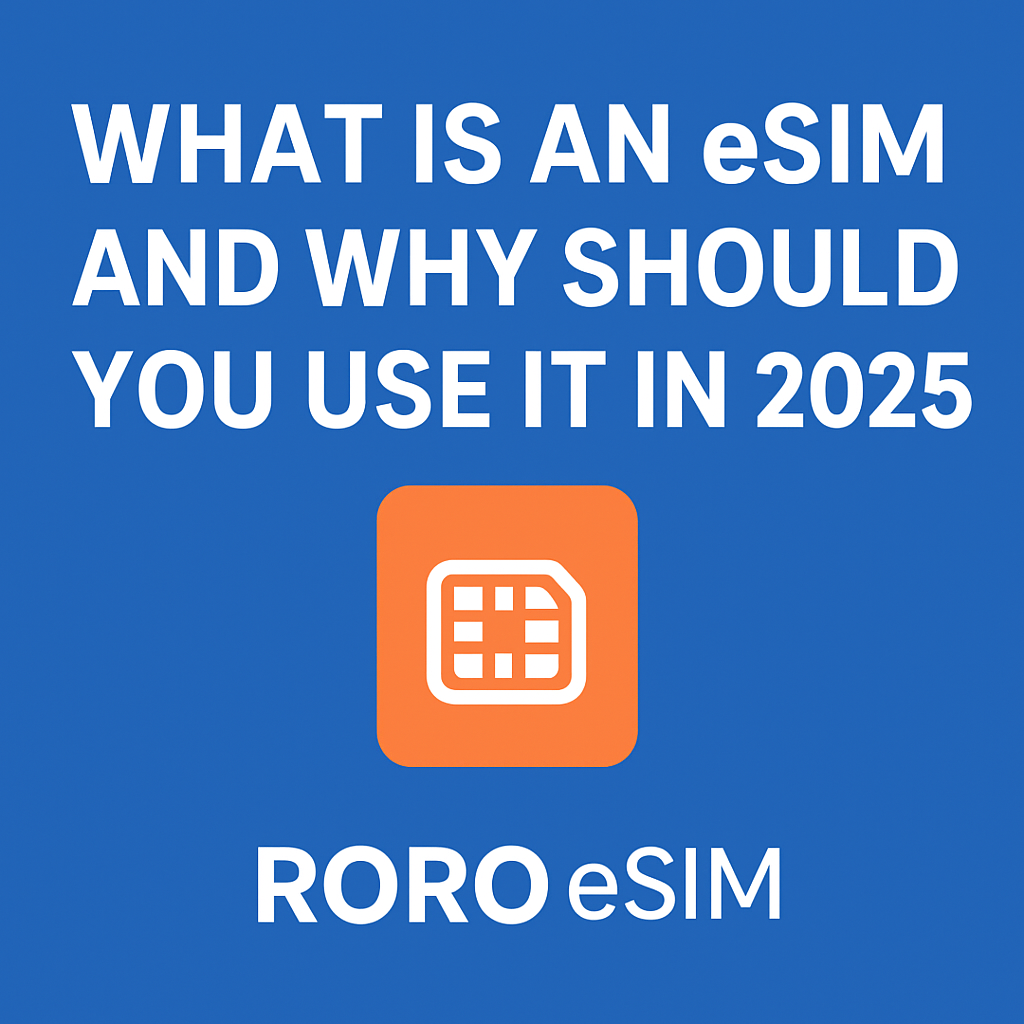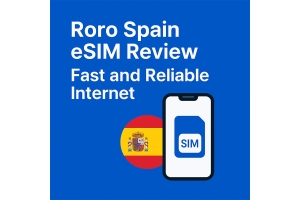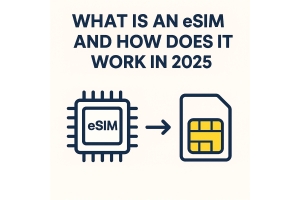
In an era when digital connectivity is essential, the eSIM (embedded SIM) has emerged as a game-changer for travelers, remote workers, and anyone who needs reliable mobile service across borders. By 2025, eSIMs aren’t just a novelty—they’re becoming the standard for flexibility, convenience, and global coverage. Here’s what an eSIM is, what the key benefits are, and why RORO eSIM stands out as a top choice.
An eSIM is a digital SIM built directly into your device—smartphone, tablet, smartwatch—without the need for a physical plastic SIM card. Instead of physically inserting and swapping SIM cards when you change operators or travel abroad, you activate or download carrier profiles via QR codes or remote provisioning.
The eSIM module is embedded in the device hardware and supports over-the-air (OTA) provisioning of profiles.
Many devices now accept multiple profiles—meaning you can store more than one carrier’s profile (e.g. home carrier + travel data plan) and switch between them digitally.
No more hunting for a local SIM store when you land. With RORO eSIM, you can buy your data plan online, receive a QR activation, install it before you travel, and be connected as soon as you arrive.
Many devices support both an eSIM and a physical SIM. This lets you keep your home number active for calls or SMS while using a travel data line (e.g. via RORO) for Internet-heavy tasks.
eSIMs from providers like RORO are reusable: you can activate new data plans for new trips under the same eSIM profile. You can also switch carriers or data plans more easily, without needing a new physical SIM.
Since there’s no physical SIM card (plastic, packaging, shipping), eSIMs reduce waste. RORO promotes this in their features list. With RORO, you get access in over 200 countries via partnerships with many local networks. Good coverage means fewer dead zones when you travel.Many eSIM providers (including RORO) offer flexible pricing—fixed-data plans, unlimited options, daily caps, hotspot allowances—so you can pick what fits your usage and budget. No dreaded surprise roaming charges.
Device Compatibility: Not all phones/devices support eSIM. Before buying, make sure your device allows eSIM profiles.Speed or Throttling: Some unlimited eSIM plans may include daily high-speed data caps (e.g. 3 GB/day) after which speeds may be reduced. Heavy usage—like streaming or hotspot sharing—can hit those limits.
Hotspot Limitations: If you plan to share your eSIM data with multiple devices, check the provider’s hotspot sharing policy. RORO’s unlimited plans tend to limit daily hotspot usage (for example around 500 MB/day).Roaming Constraints / Service Support: Sometimes local networks may block certain services or have less reliable coverage in remote or rural areas. Before travel, check coverage maps and reviews.
Profile Management: If you change phones, migrating an eSIM profile may require help from support or may not be possible in some cases depending on the provider and device.
Offers instant and easy top-ups, global coverage (200+ countries), and flexible pay-as-you-go or unlimited data plans. Their service allows you to keep your original phone number (voice/SMS) while using eSIM for data only—useful when traveling.
Transparent policies: hot-spot sharing, no ID verification needed in many cases, and a clear fair-use policy help avoid surprises. Because of its reusable profile and eco-friendly setup, RORO is a strong pick if you travel frequently or want something more sustainable.
In 2025, an eSIM is more than just a convenience—it’s a forward-looking tool for anyone who values travel, flexibility, and staying online without fuss. If your device supports eSIM, there’s little downside to making the switch. RORO eSIM, with its wide global reach, flexible plans, and traveler-friendly features, makes the case even stronger.





